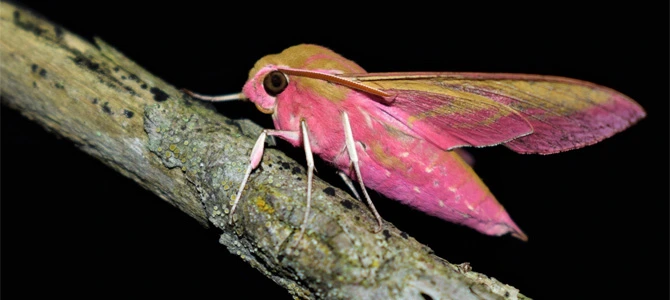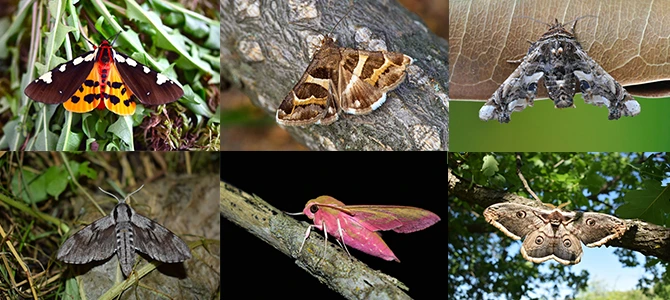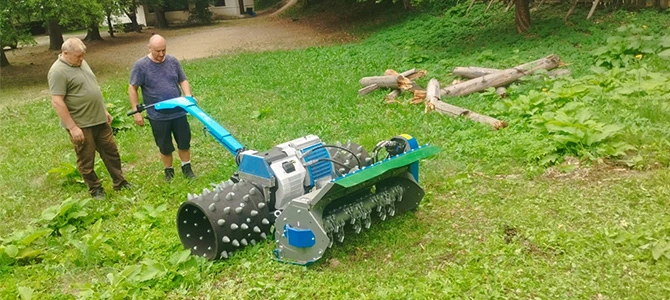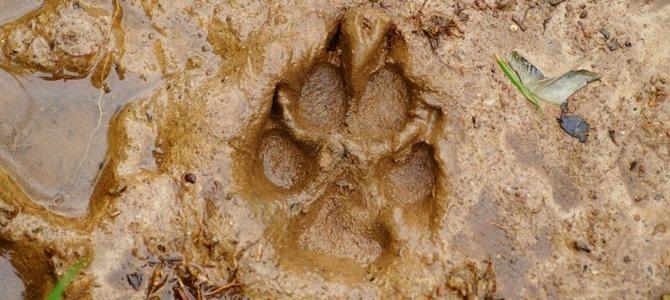Although prohibited by law, mining of sand and gravel from the minor rivers bed of Romania takes place … LEGALLY. Impact on biological diversity, land loss, alteration of river hydrological functions (especially protection), deepening of the groundwater and implicitly all the consequences of this phenomenon (diminishing water resources, impact on forest areas along rivers, decreased agricultural productivity etc.), landscape changes, damage to infrastructure and last but not least the accentuation of extreme phenomena such as floods and droughts are some of the reasons that justify the ban on the exploitation of mineral aggregates in the minor riverbeds.
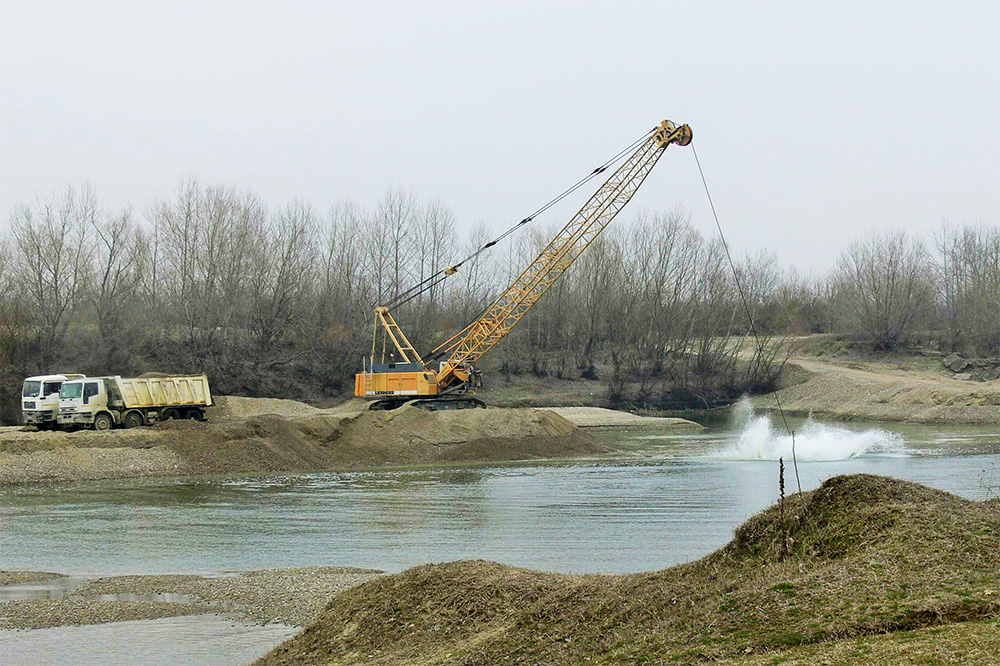
Mineral aggregates, namely sand and gravel, are the most exploited resource in the world, and this intense exploitation also has negative consequences, especially when the extraction takes place in the minor riverbeds. Awareness of the negative effects of extractive activity has led to its ban in minor riverbeds in many countries (including our country).
However, in Romania it is still extracted from the minor riverbeds, the legal context being a provision of the Water Law that allows the development of these activities in order to clear and reshape the watercourse.
At the level of the Lower Siret Meadow, an area where the exploitation of sand and gravel is an important source of income, the number of gravel pits was high, there were over time hundreds of perimeters where the Romanian Waters considered it necessary to unclog and recalibrate, the exploitation perimeters being attributed to companies whose purpose is strictly an economic one (sale of sand and gravel).
The effects of this intense exploitation (accentuated by the construction of the Călimănești and Movileni hydropower plants) were initially observed at forest level where the drying phenomenon of the trees is manifested exactly in the concentration area of most gravel pits. The deepening of the riverbed, a consequence of the extraction of sand and gravel, is more than obvious in the Biliești area, Vrancea county where the water catchment pipes from a former irrigation system are now suspended more than 1 meter above the Siret river, although in a few years ago they were submerged in water. The deepening of the aquifer layer in recent years is also confirmed by measurements made at the water catchment fronts of Liești (Galați County) and Vadu Roșca (Vrancea County), where the measurements show an increase in the hydrostatic level in recent years.
Analyzing the situation at the level of the Lower Siret Meadow, a series of questions are outlined to which we have not yet found an answer:
• Although the legislation prohibits them, and their effects are considered negative according to numerous studies in the field, why are sand and gravel mines still promoted in the minor riverbeds in Romania?
• If the extraction of sand and gravel is considered a cause of bank erosion, why are there perimeters of exploitation precisely for the protection of the banks?
• Since there is a Plan for the Prevention, Protection and Mitigation of Flood Effects in the Siret River Basin, why do none of these exploitation perimeters appear at the level of the Lower Siret?
In the absence of edifying answers, the conclusions may lead to the idea of an economic interest that takes precedence over all other provisions and obligations, especially if the operating perimeters assigned to businesses are not established under the Flood Prevention, Protection and Mitigation Plan; of any other guidance document that establishes the need and timeliness of interventions, all exploitation perimeters being assigned in areas where the excavated material can be capitalized by sale, there are no exploitation perimeters in areas where alluvial material is muddy, without economic value.
The protection of inland waters by preventing further damage, conserving and improving the status of aquatic and terrestrial ecosystems and wetlands that depend on aquatic ecosystems together with mitigating the effects of floods and droughts are essential conditions that Romania has assumed by implementing the European Parliament Directive and of the Council 2000/60 / EC establishing a framework for community policy in the field of water, which is why we call on the institutions responsible for water management to ensure that decisions are taken to give priority to maintaining good ecological status for water, against floods and the effects of drought.






